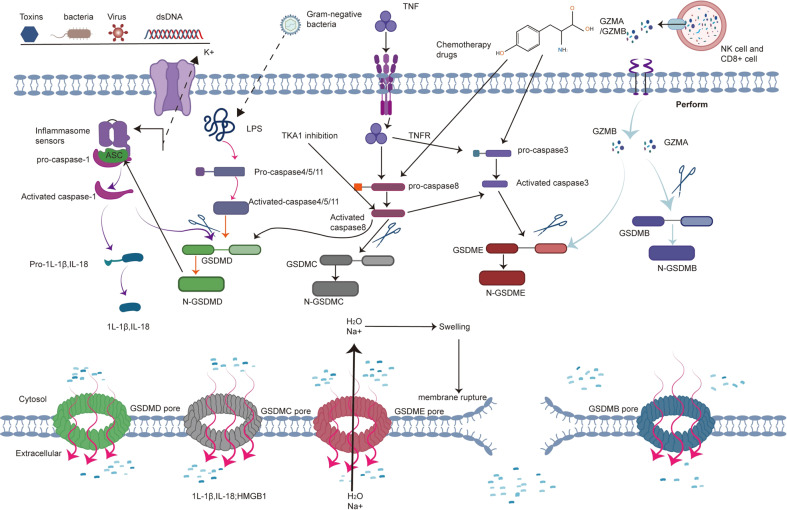Fig. 1. Molecular mechanism of pyroptosis.
The canonical inflammasome is assembled from intracellular sensor proteins in response to PAMPs and DAMPs. Active caspase-1 cleaves pro-IL-1β and pro-IL-18 and results in the maturation of IL-1β and IL-18 that are subsequently released from the N-GSDMD pore. Active caspase-1 also cleaves GSDMD, releasing N-GSDMD to form nonselective pores on the plasma membrane, which allows the release of mature IL-1β and IL-18. In the noncanonical pathway, LPS directly binds to pro-caspase-4/5/11, resulting in activation of caspase-4/5/11, which cleaves GSDMD to trigger pyroptosis. In apoptotic caspase-induced pyroptosis, TNF activates caspase-8, which cleaves GSDMC and then induces pyroptosis in cancer cells. In addition, chemotherapeutic drugs trigger pyroptosis through the caspase-3/GSDME, caspase 1/GSDMD or caspase-8/GSDMC cascades. In the granzyme-A/B-dependent pyroptosis pathway, GzmA and GzmB from NK cells and CD8 + T cells enter cancer cells via perforin and recognise GSDMB and GSDME, respectively, to induce pyroptosis.

